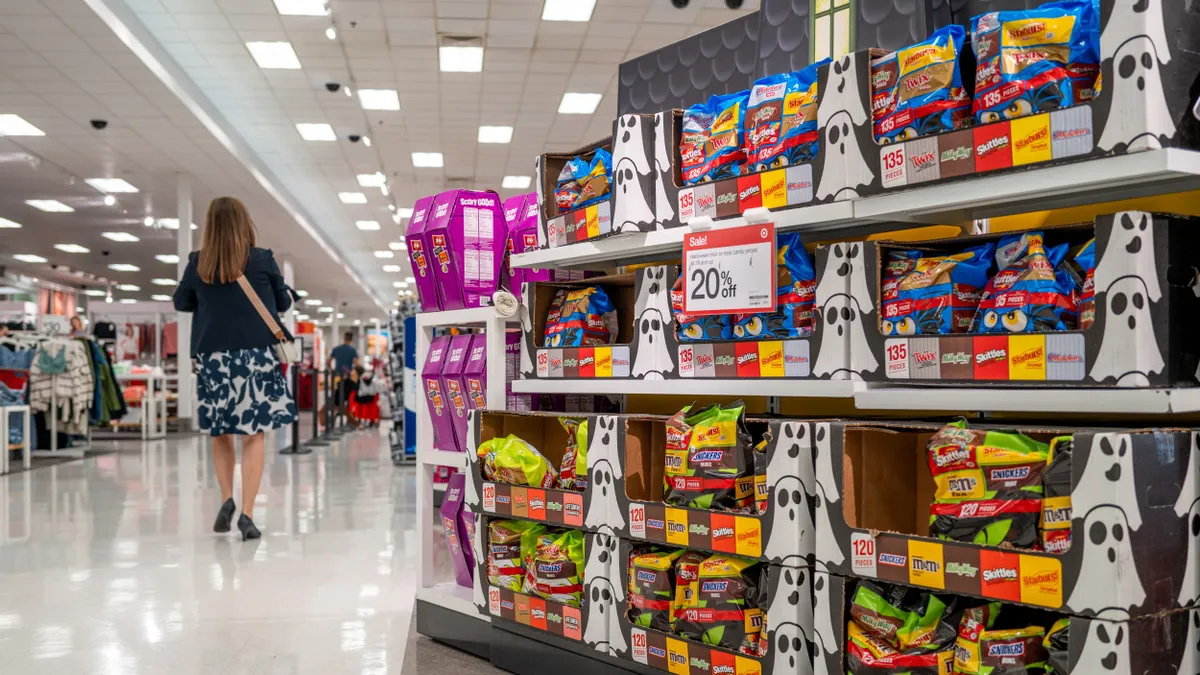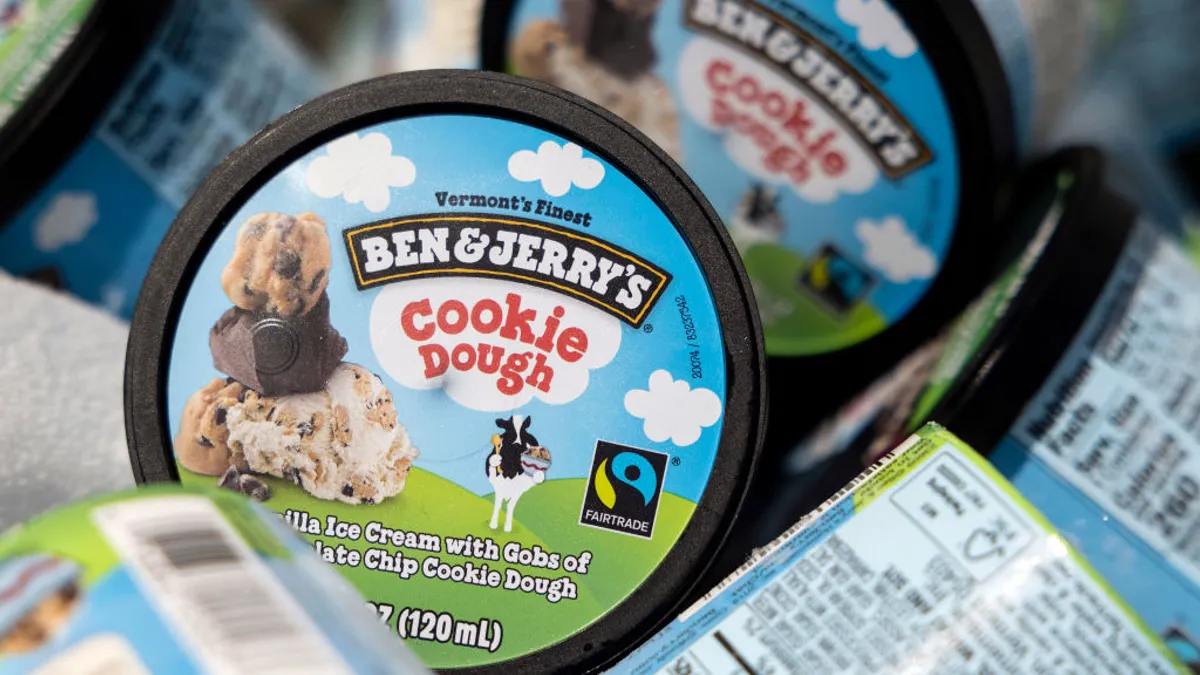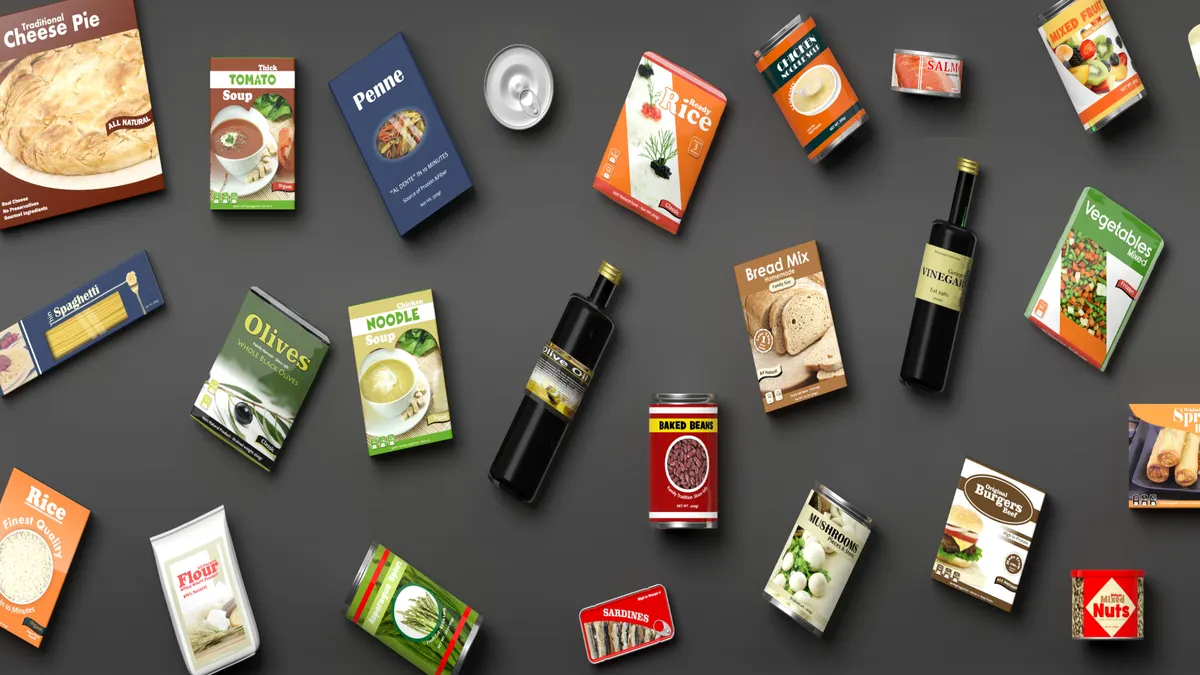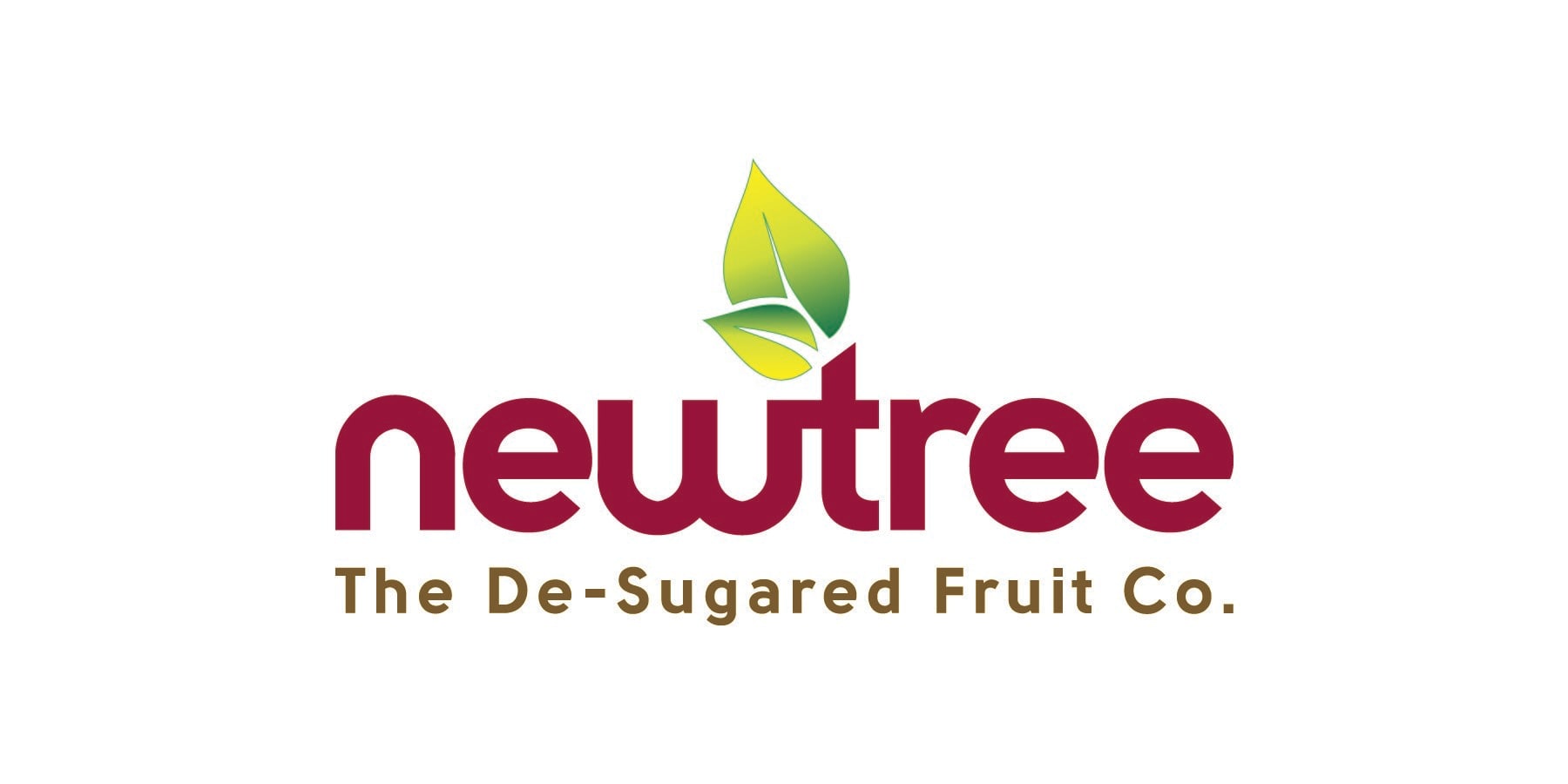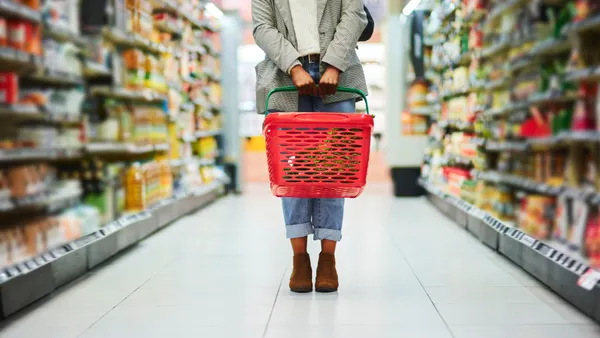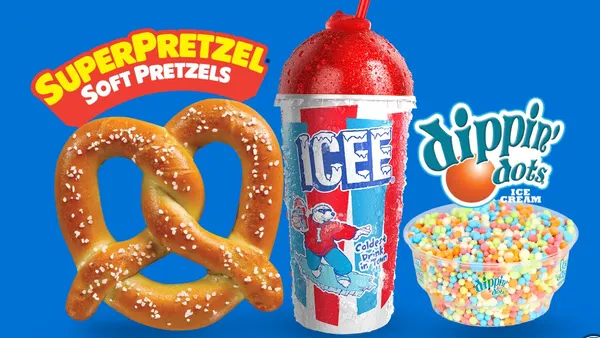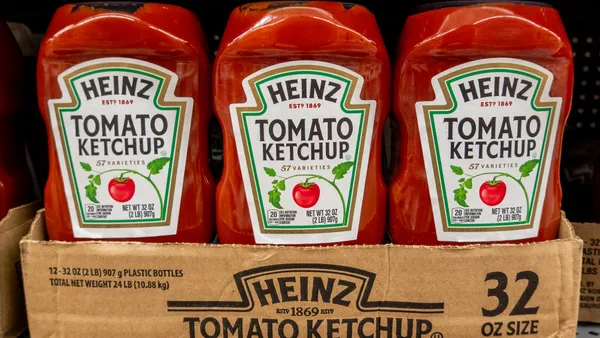Scary-high chocolate prices could change what's in trick-or-treaters' candy haul this Halloween, with manufacturers leaning more into gummies and smaller-sized treats to offset increased costs.
Despite a decline in discretionary spending and consumer anxiety over the impact of tariffs on prices, Halloween treats are still a big business.
In 2024, retail sales of Halloween chocolate and candy totaled $7.4 billion, a 2.2% increase over the previous year, according to the National Confectioners Association.
This year, however, increased chocolate prices are making candy-buying decisions look different than in the past. In the days leading up to Halloween, research firm Circana is expecting a tight race between sales of chocolate and non-chocolate Halloween candy.
During the eight-week period extending through mid-September, sales of non-chocolate Halloween candy outpaced chocolate items, according to data from Circana. Non-chocolate seasonal sales were up 4.5% as of Sept. 14, while seasonal chocolate candy sales dropped 13.7%.
This marks a contrast from last year, when chocolate was the top driver of candy sales, according to the National Confectioners Association.
After reaching a record high in late 2024, chocolate prices are now dropping as supply recovers, though tariffs and climate change pose long-term challenges. Most candy giants start planning for Halloween as much as one to two years in advance, meaning many companies were prepping when prices were surging.
Although high prices are expected to change this year's candy assortment, chocolate is still expected to dominate the holiday — just in a miniature format. Sales of smaller-sized Halloween chocolates are up over the same period last year, according to Circana.
“Even with concerns about price increases due to tariffs, Halloween continues to resonate with consumers of all ages,” Katherine Cullen, National Retail Federation vice president of industry and consumer insights, said in a statement.
Unique shapes, earlier launches define this year's Halloween
The National Confectioners Association projects the top treats this year will include chocolate, gummy candy, candy corn, hard candy and lollipops.
Nearly 90% of consumers prefer their seasonal candy to have shapes, colors, flavors, characters and packaging to reflect the season. Circana’s data reflected this trend, saying the shape of a Halloween treat is a defining factor.
To keep up with this trend, several candy giants released new shapes of their classic candies this year.
Hershey debuted a limited-time offering of vampire-shaped KitKats called KitKat Counts.
“We found that getting a wafer in a shape, and in this case, a Count, was something that we thought consumers would love,” Shawn House-Fedor, Hershey’s senior director of research and development, previously told reporters.
Hershey introduced ghost-shaped Twizzlers and rereleased spooky-shaped Reese’s, including ghosts and pumpkins. It also tapped into other famous intellectual property for packaging designs, including Peanuts’ “It’s the Great Pumpkin, Charlie Brown” and “Harry Potter.”
Similarly, candy giant Mars released new seasonal packaging for M&M’s and Snickers, as well as Halloween blends for M&M’s milk chocolate, peanut and peanut butter varieties.
Some companies have benefited from the Halloween candy-buying season beginning earlier. On average, younger consumers are more likely to start planning for Halloween almost two months before the holiday and were credited for the “Summerween” trend, according to a report earlier this year from Mars.
Hershey, for example, credited earlier shipments of Halloween candy for a boost in its second quarter earnings.
“We feel really good that there are plans in place to deliver another strong Halloween in ‘25,” former Hershey CEO Michele Buck told investors in July. “Retailers are definitely excited to set the bar higher this year and continuing to deliver an exciting season for the customers.”


